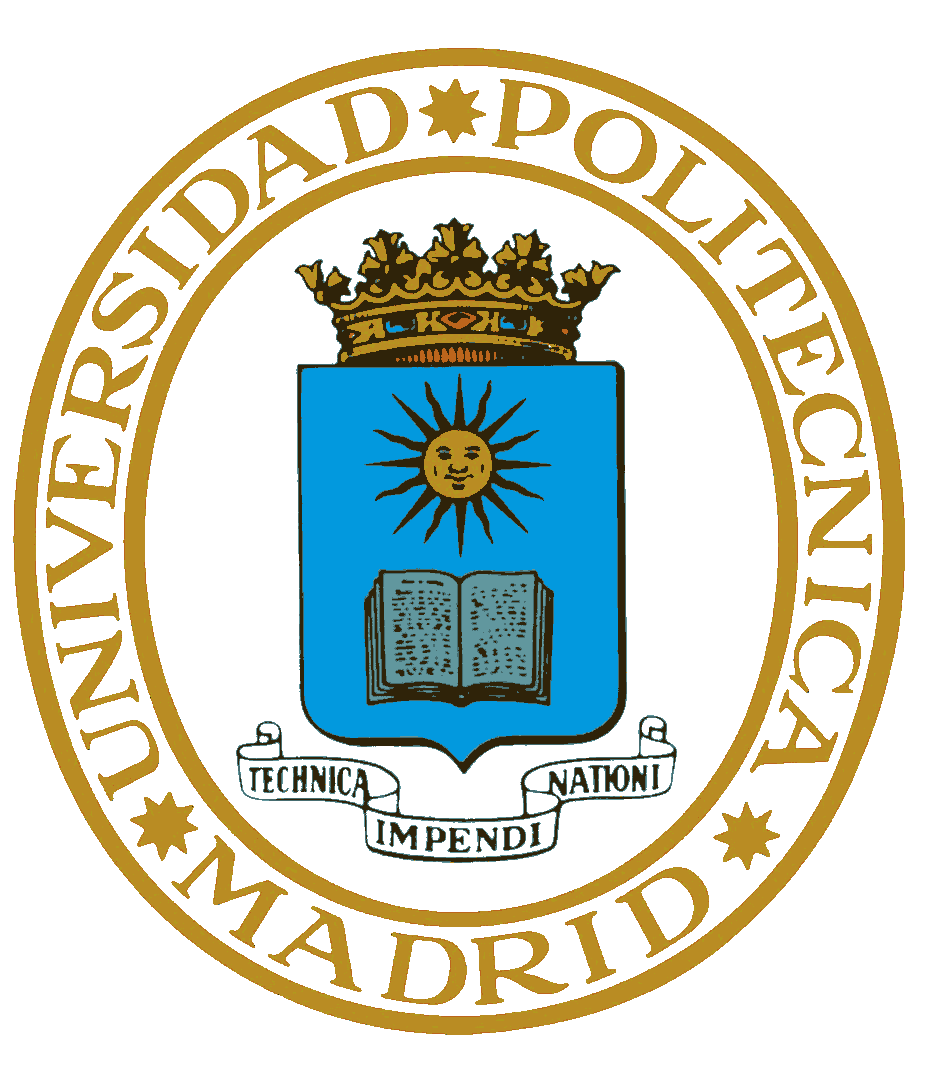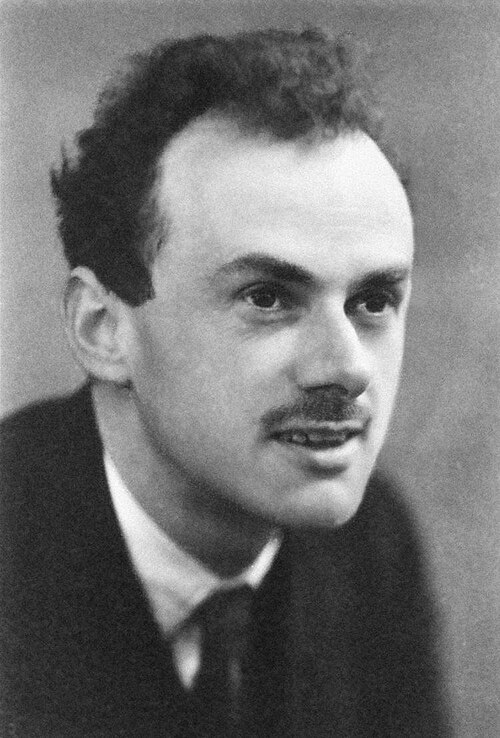11:00-12:00 Biagio Cassano (Università degli Studi della Campania)
Unique continuation from infinity for the Dirac equation
We determine the largest rate of exponential decay at infinity for non-trivial solutions to the stationary massless Dirac equation in presence of a (possibly non-Hermitian) matrix-valued perturbation V such that |V (x)| ~ |x|^(−ε) at infinity, for −∞ < ε < 1. We show that such results are sharp for n = 2, 3, providing explicit examples of solutions that have the prescribed decay, in presence of a potential with the related behaviour at infinity. Moreover, we discuss the strong unique continuation property from infinity for the Dirac equation with (possibly non-Hermitian) Coulomb-type perturbations, and show the sharpness of the result.
12:00-13:00 Lucrezia Cossetti (BCAM)
A limiting absorption principle for time-harmonic isotropic Maxwell and Dirac equation
In this talk we investigate the L^p − L^q mapping properties of the resolvent associated with the time-harmonic isotropic Maxwell and perturbed Dirac operator. As spectral parameters close to the spectrum are also covered by our analysis, we establish a L^p − L^q type limiting absorption principle for these operators. Our analysis relies on new results for Helmholtz systems with zero order non-Hermitian perturbations. The talk is based on a joint work with R. Mandel and on an ongoing project with R. Mandel and R. Schippa.
14:30-15:30 Fabio Pizzichillo (UPM-ETSI Caminos)
Keller estimates of the eigenvalues in the gap of Dirac operator
This talk aims to present estimates on the lowest eigenvalue in the gap of a Dirac operator in terms of a Lebesgue norm of the potential. Domain, self-adjointness, optimality and critical values of the norms are addressed, while the optimal potential is given by a Dirac equation with a Kerr nonlinearity. A new critical bound appears, which is the smallest value of the norm of the potential for which eigenvalues may reach the bottom of the gap in the essential spectrum. Most of our result are established in the Birman-Schwinger reformulation of the problem.
This is a collaboration work with Jean Dolbeault and David Gontier (University Paris-Dauphine), and Hanne Van Den Bosch (University of Chile).
15:30-16:30 Carlos Valero (ICMAT)
A Dirichlet-to-Neumann map for the minimally coupled Dirac Laplacian
We introduce an analogue of the Dirichlet-to-Neumann (DN) map for the square of the Dirac operator coupled to a unitary connection. We show that this map is a pseudodifferential operator of order 1 whose symbol determines the Taylor series of the metric and connection at the boundary, and go on to show that knowledge of this DN map determines the connection up to gauge transformation. Finally, we indicate how knowledge of the DN map can be used to approach a Calderón-type problem for the Dirac operator.
16:45-17:45 Daniel Sánchez-Mendoza (UPM-ETSI Navales)
Variational principles and their application to 1d Dirac operator
In this talk, we present a generalization of the classic min-max principle that applies to operator-valued functions. We use it on the Schur complements of a 1d Dirac operator to estimate the number and position of the eigenvalues in its spectral gap. This is based on a joint work with Monika Winklmeier.
17:45-18:45 Nico Schiavone (UPM-ETSI Caminos)
Spectral localization for Dirac operators
We present results on the localization and absence of eigenvalues for Dirac operators perturbed by a possibly non-Hermitian potential. To address the non-self-adjointness of the operators under consideration, we employ the Birman-Schwinger principle in combination with suitable resolvent estimates.







 PID2021-124195NB-C3
PID2021-124195NB-C3